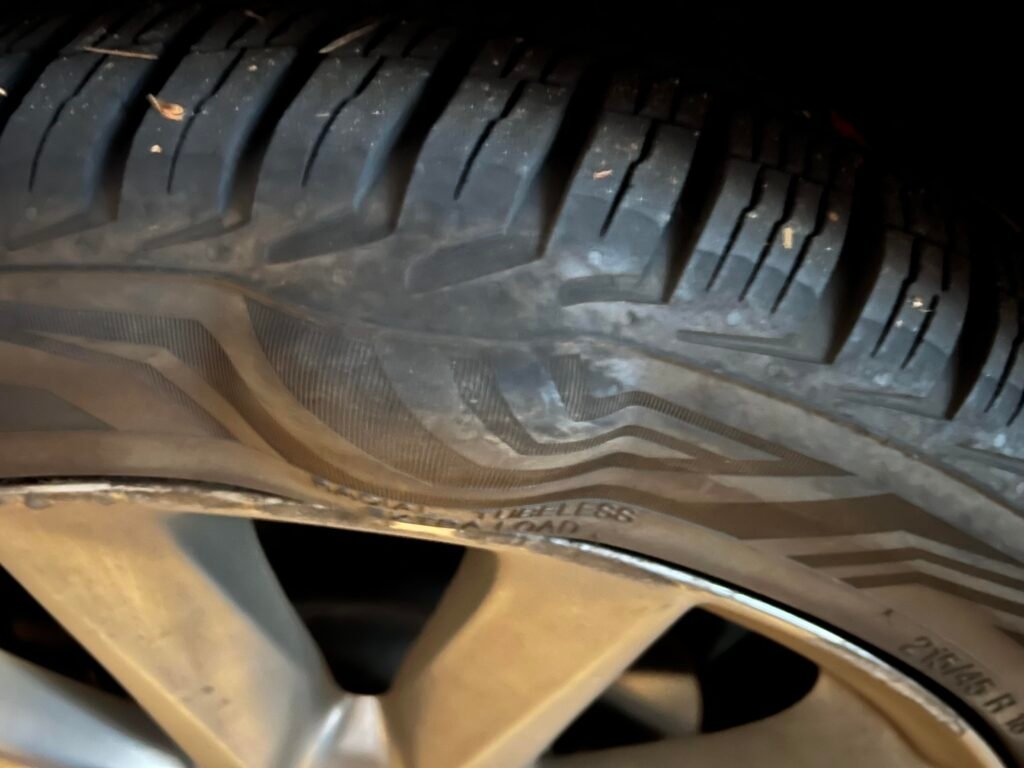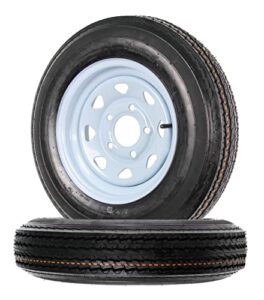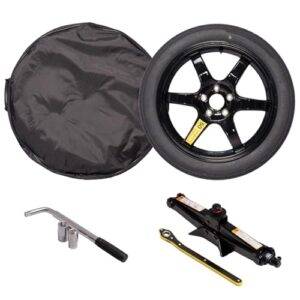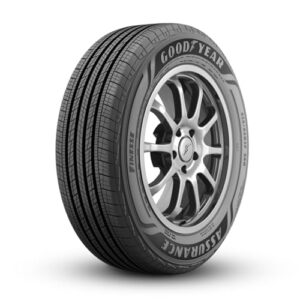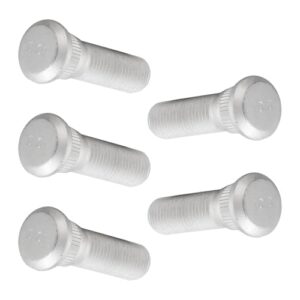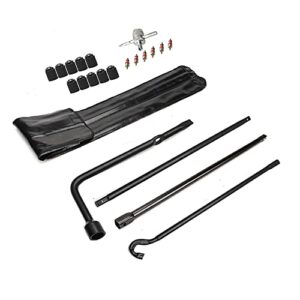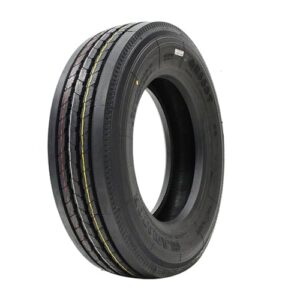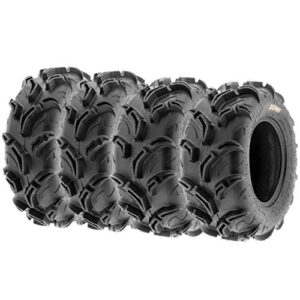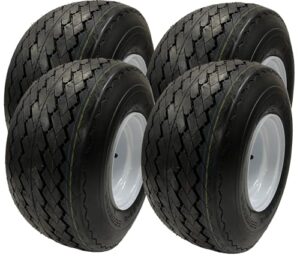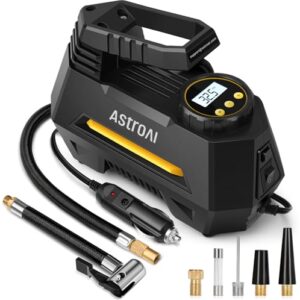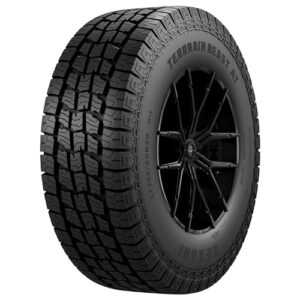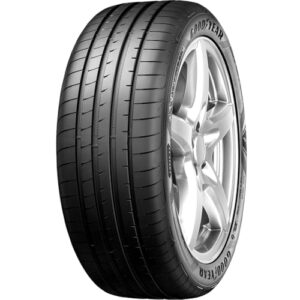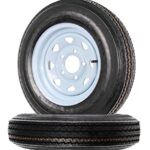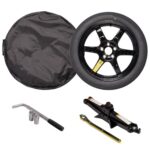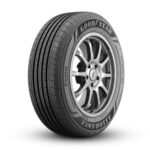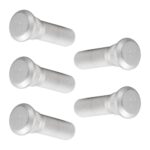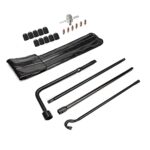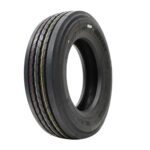To fix a tire bulge, replace the damaged tire immediately. Driving on a bulged tire is unsafe and can cause accidents.
Tire bulges indicate structural damage, often caused by impact or manufacturing defects. These bulges weaken the tire, making it prone to blowouts. Ignoring a tire bulge can lead to dangerous driving conditions and potential accidents. Regular tire inspections help detect such issues early.
Always prioritize safety by addressing tire bulges promptly. Replacing the affected tire ensures your vehicle remains in optimal condition. Proper tire maintenance increases driving safety and prolongs tire life. Investing in quality tires and regular checks can prevent future problems. Stay vigilant and proactive in caring for your vehicle’s tires.
Identifying A Tire Bulge
Identifying a tire bulge is crucial for vehicle safety. A bulge can lead to dangerous blowouts. Knowing the signs helps prevent accidents.
Signs Of A Bulge
Recognizing the signs of a tire bulge can be easy. Here are the common indicators:
- Visible bump on the tire’s sidewall
- Vibration while driving
- Unusual noise coming from the tire
- Steering wheel pulling to one side
Visible bump is the most obvious sign. Check your tires regularly. A vibration felt while driving can signal a problem. Unusual noises may also indicate a bulge. If your steering wheel pulls to one side, inspect your tires.
Common Causes
Understanding the causes of a tire bulge helps in prevention. Here are the usual reasons:
| Cause | Description |
|---|---|
| Impact Damage | Hitting potholes or curbs can weaken tire structure. |
| Overloading | Exceeding weight limits puts stress on tires. |
| Manufacturing Defects | Sometimes, tires have flaws from the factory. |
| Incorrect Inflation | Both over-inflation and under-inflation can cause bulges. |
Impact damage often occurs from hitting potholes. Overloading stresses the tire, leading to bulges. Manufacturing defects are rare but possible. Incorrect inflation, whether too high or low, can also cause issues.
Regular tire inspections can prevent many of these problems. Always check tire pressure and avoid overloading your vehicle.

Safety Concerns
A tire bulge can be a serious safety concern. This issue occurs when the tire’s internal structure is damaged, causing a visible bump on the tire’s surface. Driving with a tire bulge is dangerous and can lead to a sudden blowout. Understanding the safety concerns related to tire bulges is crucial for your well-being on the road.
Potential Risks
Tire bulges pose several potential risks that can jeopardize your safety. Here are some of the most critical risks:
- Blowout Risk: A tire bulge weakens the tire, increasing the chance of a blowout.
- Loss of Control: A sudden blowout can cause you to lose control of the vehicle.
- Reduced Traction: The bulge can affect traction, especially in wet conditions.
- Uneven Wear: The bulge can cause uneven tire wear, reducing the tire’s lifespan.
Immediate Actions
If you notice a tire bulge, take immediate action to ensure your safety. Follow these steps:
- Inspect the Tire: Carefully inspect the tire for any visible bulges or abnormalities.
- Reduce Speed: Drive at a lower speed to minimize the risk of a blowout.
- Avoid Potholes: Steer clear of potholes and rough roads to prevent further damage.
- Visit a Mechanic: Head to a professional mechanic for an expert assessment.
- Replace the Tire: Replace the damaged tire immediately to ensure safety.
Taking these immediate actions can prevent accidents and keep you safe on the road. Don’t ignore a tire bulge; act swiftly to avoid potential dangers.
Temporary Solutions
Experiencing a tire bulge can be unsettling. It compromises your vehicle’s safety. While a permanent fix is perfect, temporary solutions can help you manage the issue until you get a new tire. Let’s explore some quick fixes.
Reducing Pressure
One temporary solution is reducing the tire pressure. This can help in managing the bulge. Lowering pressure reduces the strain on the weakened area.
- Check the current tire pressure with a gauge.
- Reduce the pressure by 10-15 psi.
- Drive slowly and avoid rough roads.
Remember, this is a temporary solution. You should replace the tire soon.
Using Sealants
Another quick fix involves using tire sealants. Sealants are useful for minor punctures and bulges.
- Purchase a tire sealant from an auto store.
- Follow the instructions on the sealant bottle.
- Inject the sealant into the tire.
- Reinflate the tire to the recommended pressure.
Sealants offer a temporary fix. They help you get to the nearest repair shop.
Permanent Fixes
Encountering a tire bulge can be alarming. It is crucial to address it with permanent fixes. Temporary solutions might help briefly. But only permanent fixes ensure safety and reliability.
Replacing The Tire
The most effective way to fix a tire bulge is to replace the tire. A tire bulge indicates internal damage. This damage can lead to sudden tire failure. Replacing the tire ensures safety and performance. Follow these steps to replace the tire:
- Identify the bulge: Carefully inspect your tire for bulges.
- Purchase a new tire: Ensure it matches your vehicle’s specifications.
- Remove the damaged tire: Use a jack to lift the car and remove the lug nuts.
- Install the new tire: Align the tire, tighten the lug nuts, and lower the car.
Professional Repair
If replacing the tire is not immediately possible, seek professional repair. A professional can assess and fix the tire bulge. Skilled technicians have the tools and knowledge to handle tire issues. Here’s what to expect during a professional repair:
- Inspection: The technician will inspect the tire for damage.
- Assessment: They will determine if the tire is repairable.
- Repair: If repairable, they will fix the internal damage.
- Testing: Finally, they will test the tire for safety and performance.
Professional repair can be a temporary solution. Replacing the tire remains the best option for safety. Always consult a professional if unsure.
Choosing The Right Replacement
Choosing the right replacement for a tire bulge ensures safety and performance. This section will guide you on how to select the best tire.
Matching Specifications
Ensure the new tire matches your vehicle’s specifications. Check the tire size, load index, and speed rating. This information is on the tire’s sidewall.
Size: Look for a series of numbers and letters, like P215/65R15. This indicates the tire’s width, aspect ratio, and diameter.
Load Index: This number shows the maximum weight the tire can carry. It is crucial for your vehicle’s safety.
Speed Rating: This letter indicates the maximum speed the tire can handle. Ensure it matches your driving needs.
Quality Brands
Always opt for quality brands when replacing a tire. They offer better performance and durability. Consider brands like Michelin, Goodyear, and Bridgestone.
- Michelin: Known for long-lasting tires and excellent grip.
- Goodyear: Offers a wide range of tires for different needs.
- Bridgestone: Famous for durability and performance in all weather conditions.
Check reviews and ratings before making a purchase. Quality brands provide better warranties and customer support.
Preventing Future Bulges
Preventing tire bulges is essential for a safe ride. Regular care can extend tire life. Follow these tips to keep your tires in top condition.
Regular Inspections
Inspect your tires regularly. Look for cuts, cracks, or punctures. A visual check can spot early damage.
- Check tire treads for uneven wear.
- Look at sidewalls for any signs of bulges.
- Use a flashlight to see better in low light.
Make it a habit to inspect your tires. Do this at least once a month. Always check before long trips.
Proper Inflation
Keep your tires properly inflated. Use a tire gauge to check the pressure. Under-inflated tires can cause bulges.
| Vehicle Type | Recommended PSI |
|---|---|
| Passenger Cars | 30-35 PSI |
| SUVs | 35-40 PSI |
| Trucks | 40-45 PSI |
Refer to your vehicle manual for the right PSI. Adjust the pressure at least once a month. Do this more often in extreme weather.
Over-inflation is also harmful. It makes tires more prone to damage. Keep the pressure within the recommended range.
By following these tips, you can prevent future tire bulges. This keeps you safe and extends the life of your tires.
When To Seek Professional Help
Driving with a tire bulge is dangerous. A bulge weakens your tire, risking a blowout. Knowing when to seek professional help can keep you safe. Understanding the signs helps you make informed decisions.
Assessing Damage
Examine your tire carefully. Look for visible bulges, cracks, or splits. If a bulge is bigger than a golf ball, it’s serious. A professional should inspect it immediately. Also, check for uneven wear on the tire. This might indicate deeper issues.
If the tread is worn unevenly, there may be alignment problems. These need professional attention. Don’t ignore any strange noises or vibrations. They can signal internal damage. Always err on the side of caution. A professional can diagnose the issue accurately.
Cost Considerations
Repairing or replacing a tire can be costly. The price depends on several factors. The brand and size of the tire affect the cost. Labor charges vary by location and service provider. Use a table to compare costs:
| Service | Average Cost |
|---|---|
| Tire Repair | $20 – $40 |
| Tire Replacement | $50 – $200 |
| Alignment Check | $75 – $100 |
Always get a quote before proceeding. Some shops offer free inspections. This can help you budget better. Investing in a good tire can save money long-term. Cheaper options may wear out faster. Quality matters when it comes to safety.

Maintaining Tire Health
Maintaining tire health is crucial for safe driving. A tire bulge can lead to dangerous situations. Regular checks and proper care help prevent this issue. Below are tips to keep your tires in good shape.
Routine Maintenance
Routine maintenance is the first step in ensuring tire health. Inspect your tires every month. Look for any signs of wear or damage. A quick visual check can spot issues early.
- Check tire pressure monthly.
- Rotate tires every 5,000 miles.
- Align your wheels annually.
Use a tire gauge to check the pressure. Under-inflated tires wear out faster. Over-inflated tires can cause bulges. Ensure the tires are inflated to the manufacturer’s recommended pressure.
Safe Driving Practices
Safe driving practices also play a role in tire health. Avoid sudden stops and starts. These actions put stress on your tires. Drive smoothly to extend tire life.
- Avoid potholes and rough roads.
- Don’t overload your vehicle.
- Check for debris on the road.
Overloading can cause tire bulges. Always follow the vehicle’s load capacity. Check the owner’s manual for details. Keeping your tires clean also helps. Remove any stones or debris stuck in the treads.
| Task | Frequency |
|---|---|
| Check Tire Pressure | Monthly |
| Rotate Tires | Every 5,000 miles |
| Wheel Alignment | Annually |

Frequently Asked Questions
Is It Safe To Drive With A Bulge In Your Tire?
Driving with a bulge in your tire is unsafe. Bulges indicate internal damage and risk a tire blowout. Replace the tire immediately. Ensure your safety and prevent accidents by addressing tire issues promptly. Always check tires regularly to maintain optimal driving conditions.
Can A Bubble In A Tire Be Fixed?
No, a bubble in a tire cannot be fixed. Replace the tire immediately to ensure safety and prevent accidents.
Can A Tyre Bulge Be Repaired?
No, a tyre bulge cannot be repaired. It’s unsafe and requires immediate replacement to avoid accidents.
How Long Can I Drive With A Tire Bubble?
Do not drive with a tire bubble. It is dangerous and can cause a blowout. Replace the tire immediately.
Conclusion
Fixing a tire bulge is crucial for safe driving. Always inspect your tires regularly for signs of wear. Addressing tire bulges promptly prevents accidents and ensures vehicle longevity. Remember to consult a professional mechanic if you’re unsure. Taking these steps will keep your vehicle running smoothly and safely on the road.


